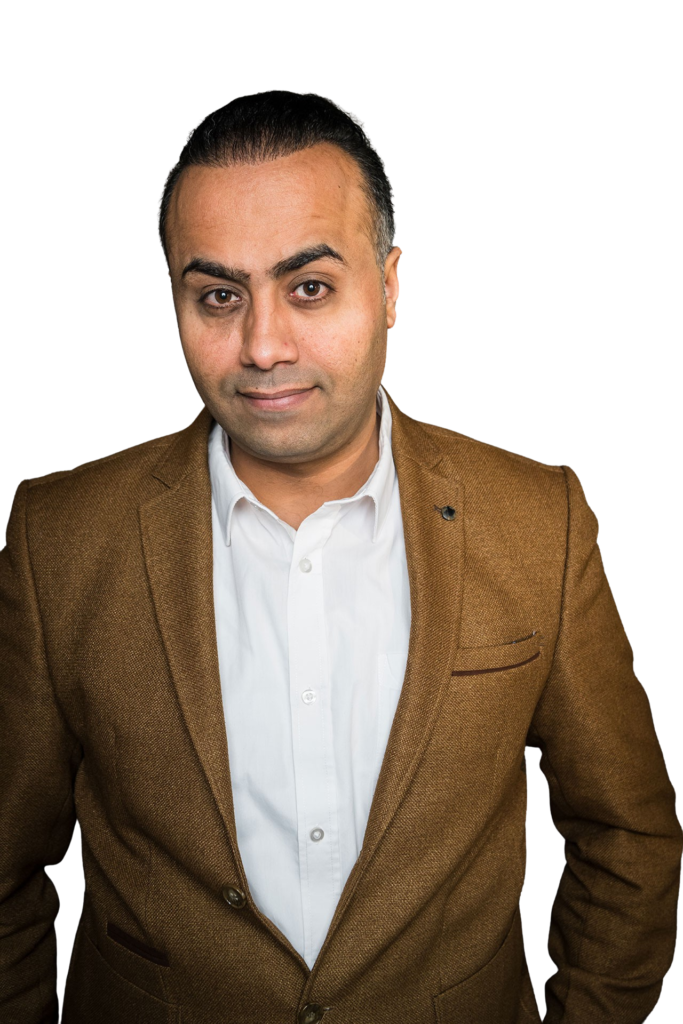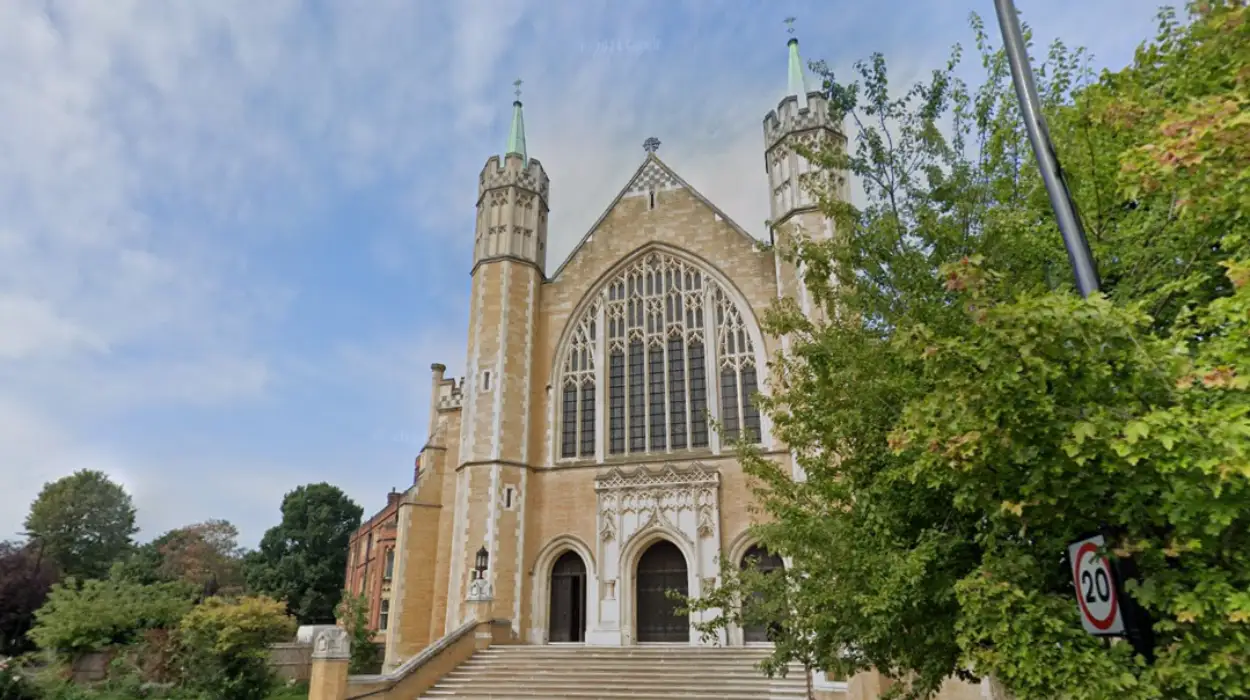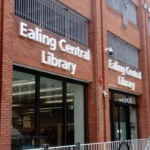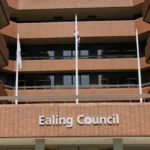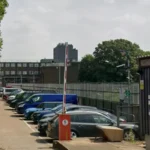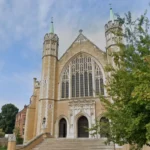The London Borough of Ealing is home to a remarkable historic and spiritual site, Ealing Abbey, a Benedictine monastery with deep roots and a thriving religious community.
For those curious about the monks who live there, their way of life, or simply interested in the Abbey’s rich history and architecture, this article answers a common question: Can you visit the Ealing Monks?
We will explore what visitors can expect, how to plan a visit, and what guidelines to follow to respect this sacred place. Whether you are a local resident, a visitor to London, or someone interested in religious history, this detailed guide will help you understand the opportunities and rules surrounding visits to the monks of Ealing Abbey.
A Brief History of Ealing Abbey and Its Monastic Community
Ealing Abbey was founded in March 1897 by monks from Downside Abbey. It is part of the English Benedictine Congregation, a long-standing religious order following the Rule of Saint Benedict of Nursia.
The Abbey itself gained independent status as a conventual priory in 1947 and was elevated to full abbey status in 1955 by Pope Pius XII.
The Abbey Church is an architecturally significant Grade II listed building, designed by Frederick Walters in the Perpendicular Gothic style. Over the 20th century, it underwent expansions and restorations, preserving its historical charm and spiritual atmosphere.
The monastery hosts a community of monks devoted to prayer, pastoral care, and education. As of 2020, about fourteen monks lived there, continuing the Benedictine tradition that emphasizes balance, community, and spiritual work.
The Abbey is dedicated to Saint Benedict of Nursia, whose teachings guide their daily lives. More historical insights can be found on the official Benedictine website.
Is Visiting Ealing Monks Possible for Tourists or the Public?
Yes, visitors are welcome at Ealing Abbey, though it’s important to understand that it remains an active religious community. The Abbey opens its doors to those wishing to attend worship services such as daily prayers and Sunday Mass. Visitors interested in the Abbey’s rich history, architecture, and spiritual life are encouraged to explore respectfully.
The Abbey also hosts various religious and cultural events that are open to the public. These include special liturgical celebrations and community activities. Visitors can learn about Benedictine spirituality and the monastic way of life, though direct interaction with monks outside of these contexts is generally limited to respect their privacy and duties.
Visitors should note that Ealing Abbey is primarily a place of worship and monastic life, not a tourist attraction in the traditional sense. However, its welcoming spirit makes it an enriching visit for anyone interested in spiritual heritage or religious architecture. For official details on visiting, the Abbey’s website provides current information on services and events.
What Are the Visiting Hours and Accessibility Options at Ealing Abbey?
Ealing Abbey’s public access is mainly tied to the schedule of worship services and community events. Generally, visitors can attend:
- Daily prayers (Morning and Evening Prayer)
- Sunday Mass, which is the main weekly service welcoming parishioners and visitors alike
- Special feast days or liturgical celebrations that are sometimes open to the public
The exact times for these services can vary, so checking the latest schedule on the Abbey’s website or contacting the Abbey directly is recommended. The address is Castlebar Hill, Ealing, London, making it accessible by public transport and car.
Regarding accessibility, Ealing Abbey is committed to welcoming all visitors, including those with mobility challenges. The Abbey Church and grounds have made accommodations where possible, but given the building’s historical nature, some areas may have limited access.
Visitors with specific accessibility needs should contact the Abbey in advance to ensure their visit is comfortable and safe.
Are There Guided Tours or Pilgrimages Available at Ealing Monks?
Unlike larger monastic sites or tourist-focused abbeys, Ealing Abbey does not routinely offer guided tours for casual visitors. The focus remains on spiritual activities and parish life rather than tourism.
However, there are occasional opportunities for pilgrimages, educational visits, or group tours, especially for those interested in Benedictine spirituality or church history.
Groups such as local schools, religious organizations, or historical societies may arrange visits by appointment. These can include guided discussions about the Abbey’s history, monastic life, and its role in the community.
Pilgrimage groups interested in Benedictine traditions might also find spiritual retreats or special liturgical events aligned with their visits. It’s best to contact the Abbey administration ahead of time to inquire about group visits or special arrangements.
How Does One Prepare for a Visit to Ealing Abbey?
Preparing for a visit to Ealing Abbey involves understanding its nature as a place of worship and monastic community. Here are some tips for visitors:
- Check Service Times: Confirm the schedule for Mass or prayer services on the Abbey’s website or by phone before planning your visit.
- Dress Respectfully: As a religious site, modest attire is appreciated. Avoid overly casual clothing such as shorts or sleeveless tops.
- Arrive Quietly: The Abbey is a place of prayer and reflection. Keep noise to a minimum inside the church and grounds.
- Photography: Photography may be restricted, especially during services. Always ask permission before taking photos.
- Participation: Visitors can attend services and participate in prayers or Mass, but participation is voluntary.
- Respect Privacy: Monks live and work on site. While the community welcomes visitors, avoid disrupting their private lives or work.
Safety and Etiquette Guidelines for Visiting Ealing Monks
When visiting Ealing Abbey and its monastic community, certain safety and etiquette rules help preserve the sacred atmosphere and respect the monks’ way of life:
- Follow Instructions: Always listen to Abbey staff or posted signs regarding movement within the grounds.
- Maintain Silence: The Abbey is a place of prayer; keeping noise levels low is essential.
- No Food or Drink: Avoid eating or drinking inside the church or monastery grounds.
- Stay in Designated Areas: Do not wander into private or restricted areas reserved for monks.
- Respect Rituals: If attending Mass or prayer services, observe the rituals quietly and respectfully.
- Health & Safety: Follow any COVID-19 or other health protocols in place, which might include wearing masks or using hand sanitizer.
The Legacy of Monastic Life in Ealing
The monastic tradition in Ealing dates back over 1,200 years. Though the current Abbey building was established in the late 19th century, the area’s monastic roots go much deeper.
Historical records indicate that a monastery was founded on land granted by the King of Mercia around the 7th century. However, the exact location of this early monastery is unknown today.
Ealing Abbey was founded during the Catholic revival in London and continues to be a center for Benedictine monasticism in the city. Its monks focus on prayer, education, and community service, carrying forward a rich spiritual heritage.
This connection to the past adds to the Abbey’s importance as a place of worship and cultural history.
Location and Contact Information
If you are planning to visit, here are the key details:
Address: Castlebar Hill, Ealing, London, United Kingdom
Website: ealingmonks.org.uk
Here you can find updated information on Mass times, events, and how to contact the Abbey for more specific questions about visiting or group arrangements.
Conclusion
Visiting the Ealing Monks at Ealing Abbey offers a unique opportunity to experience a living monastic community in the heart of West London. While it is not a typical tourist site, the Abbey warmly welcomes visitors who respect its religious nature. Whether you attend a Mass, participate in prayers, or explore the Abbey’s rich history, your visit will be both spiritual and educational.
Frequently Asked Questions
1. Can the public visit the monks at Ealing Abbey?
Yes, the public can visit Ealing Abbey. Visitors are welcome to attend worship services such as daily prayers and Sunday Mass. While the Abbey is an active religious community, it also hosts religious and cultural events open to the public.
2. What are the visiting hours for Ealing Abbey and its monks?
Visiting hours mainly align with the Abbey’s worship schedule, including daily prayers and Sunday Mass. Times may vary, so it’s best to check the official Ealing Abbey website or contact them directly for the latest service times.
3. Are guided tours or pilgrimages available at Ealing Abbey?
Ealing Abbey does not offer regular guided tours, but group visits, pilgrimages, or educational tours can be arranged by appointment. Interested groups should contact the Abbey administration ahead of time to organize special visits.
4. How should visitors prepare before visiting Ealing Abbey?
Visitors should check service times in advance, dress modestly, arrive quietly, and respect the Abbey’s atmosphere. Photography is often restricted, especially during services, so always ask for permission before taking photos.
5. Is Ealing Abbey accessible to people with disabilities?
Yes, Ealing Abbey strives to accommodate visitors with mobility challenges. However, due to its historic building status, some areas may have limited access. Visitors with special needs should contact the Abbey beforehand.
6. What etiquette should visitors follow when visiting the monks at Ealing Abbey?
Visitors should maintain silence, follow staff instructions, avoid eating or drinking on the premises, stay in designated areas, and respect religious rituals and the monks’ privacy to ensure a respectful visit.
7. Where is Ealing Abbey located and how can I find more information?
Ealing Abbey is located at Castlebar Hill, Ealing, London. For more details on visiting, Mass times, and events, visit the official website at ealingmonks.org.uk.

